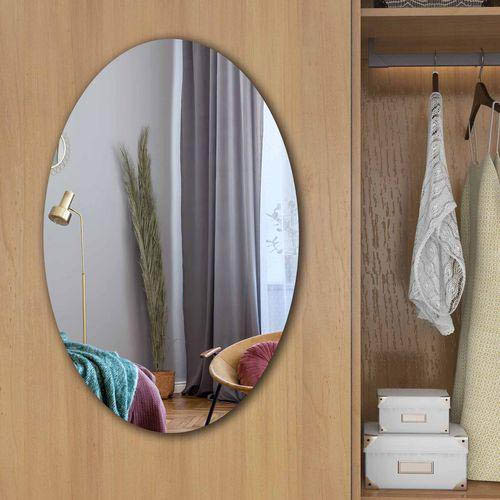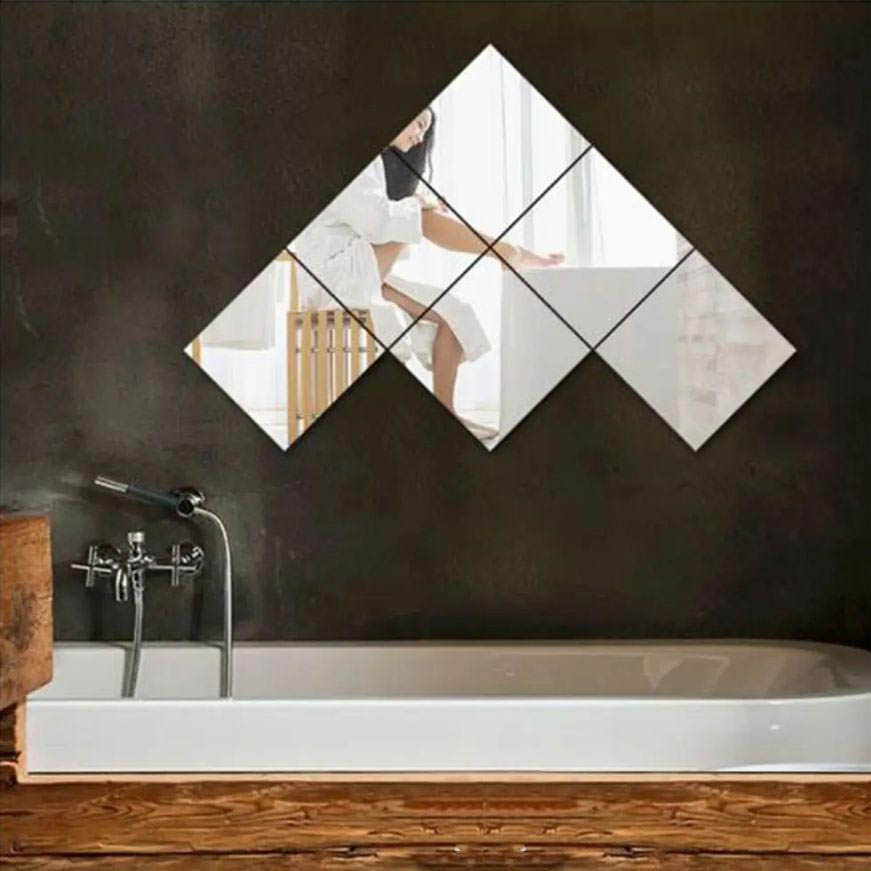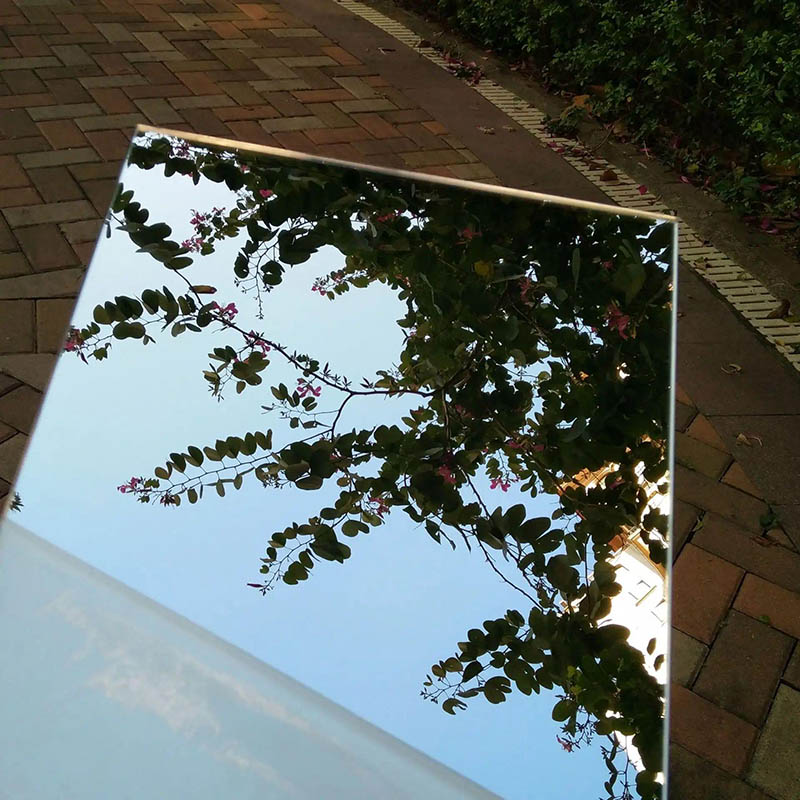


Acrylic Mirror:
Acrylic mirror, also known as perspex mirror or plexiglass mirror, is a lightweight and durable alternative to conventional glass mirrors. It consists of a clear acrylic sheet that has been coated with a reflective backing, providing a mirror-like surface. One of the key advantages of acrylic mirror is its exceptional impact resistance, making it a safer option in environments where the risk of breakage is high, such as public spaces, schools, and healthcare facilities.
The versatility of acrylic mirror is another significant feature. It can be easily cut, shaped, and thermoformed into various forms, allowing for creative and intricate designs. Acrylic mirrors are available in different colors and finishes, including silver, gold, and bronze, offering a wide range of aesthetic possibilities. Moreover, acrylic mirror is lightweight and easy to handle, simplifying the installation process.

Applications of acrylic mirror are diverse and include interior design, retail displays, signage, point-of-sale displays, and artistic installations. It is also commonly used in dance studios, gyms, and theatrical productions due to its shatter-resistant properties. Acrylic mirrors can be found in architectural applications as well, serving as decorative elements in wall coverings, furniture accents, and room dividers.

Acrylic Glass:
Acrylic glass, also known as plexiglass or acrylic sheet, is a transparent material that serves as a versatile alternative to traditional glass. It is composed of polymethyl methacrylate (PMMA), a thermoplastic polymer that offers excellent optical clarity and weather resistance. Acrylic glass is lightweight, strong, and more impact-resistant than glass, making it a popular choice in applications where safety and durability are paramount.
One of the notable features of acrylic glass is its UV resistance. It blocks a significant portion of harmful UV radiation while still allowing visible light to pass through, making it suitable for outdoor applications such as signage, architectural glazing, and protective barriers. Acrylic glass can also be manufactured with specific coatings to enhance properties such as scratch resistance, anti-reflective properties, and fire resistance.
The applications of acrylic glass are extensive and varied. It is commonly used in architecture for windows, skylights, canopies, and balustrades. Acrylic glass is also utilized in the automotive industry for windshields, side windows, and interior components. In retail and exhibition spaces, acrylic glass finds application in product displays, shelving, and protective covers. Additionally, it is utilized in medical equipment, aircraft windows, aquariums, and even in artwork and picture frames.
Conclusion:
Acrylic mirror and acrylic glass provide innovative solutions for design and safety needs in various industries. With their exceptional properties, such as impact resistance, lightweight nature, and versatility, they have become popular alternatives to traditional glass and mirrors. Whether it is the shatter-resistant qualities of acrylic mirror or the transparency and UV resistance of acrylic glass, these materials offer an array of possibilities for creating aesthetically pleasing and secure environments. The wide range of applications in interior design, architecture, retail, and other industries demonstrates the valuable contributions of acrylic mirror and acrylic glass to modern-day solutions.
